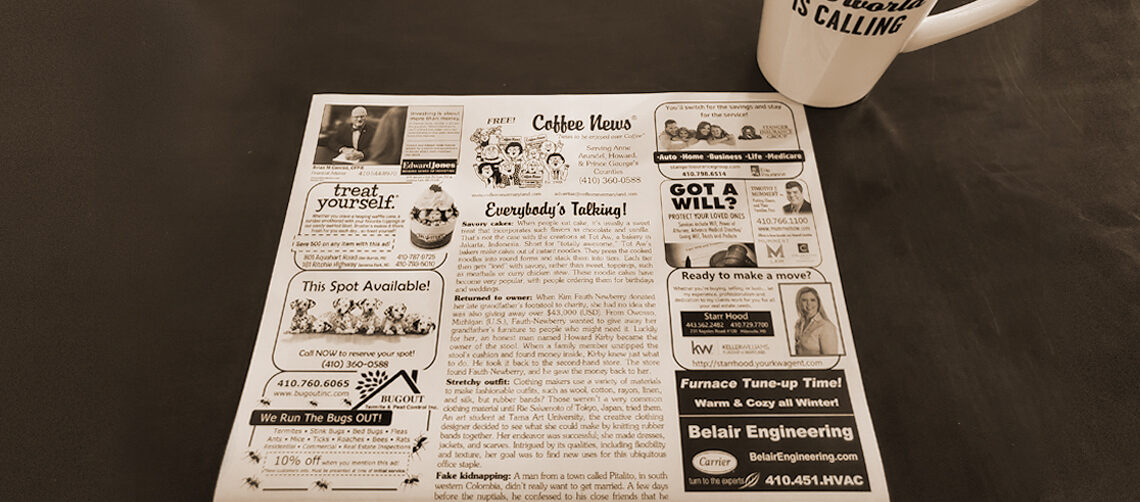Previously, I talked about branding and call-to-action in your advertising so that you consistently are reaching your audience. However, we all have many different customer profiles. They all have separate reasons for purchasing. Can you reach them all simultaneously? Sadly, the answer is no. However, you do need to reach them all so that all of them understand that your business meets the needs most important to them.
The “A” customer: The toughest to get, but the most vital to long term success. This customer buys from you and it’s not about the price. They buy on service, quality, name recognition, the fact that you are an established business and most importantly by referral. These types of customers aren’t shopping around. They are working with you because they trust you and know that you stand behind your work and are accessible when they have a question. I have a few people that I work with that fall in this category. When I need something additional, I never wonder what someone else will charge me. This is because the past experience that I’ve had is that compelling. What makes a nice difference to me is that when I call, the owner answers the phone. This does not mean that these businesses are small, but I have a direct line to the individual that I deem is important. When you are marketing to draw new customers from this group to you, they are not excited about bells and whistles or the great sale that you’re about to have. These perspective clients likely have someone they deal with in your field, but the service or quality isn’t what it used to be so they are keeping their ears open. They’ll ask those that they trust who they recommend. They want to know that you will treat them the same on a large purchase and a small one. I, for one, have always adopted the philosophy that many small clients equals one large one. Don’t discount the “A” customer based on their size today. They just may grow along with you if you treat them right.
The “B” customer: This is the group with the majority of potential clients. They like the qualities that the “A” customer looks for, however they are also looking at the price associated with the service and quality. They are willing to take a little less on the intangibles if they can have even more off of the price. To reach this group, you must stay top-of-mind by keeping your branding strong consistently. When they are looking for another firm to call, you want to be on the list. A first-time purchase special or some unique added value can be enough for them to give you a try. What you do with it from there is up to you. The “B” customer can become the “A” customer over time, but it’s not instantaneous. This customer watches things like small increases in pricing or the fact that fresh coffee used to be offered in the lobby, but not anymore.
The “C” customer: If the “C” stands for anything, it would stand for “coupon”. These clients make purchases based on price first and foremost. They will come in when you have a deep discount and are not concerned with a brand of an item. These customers love the businesses in saturated markets such as restaurants & oil changes. When a business is in an overly saturated market, the real factor that differentiates them from their competitors are the pricing specials. When you have to move product, put it on sale & this group will flock to your store. However, don’t expect them to come back next week when you have all new product in at the regular price. This customer is important, but the chances of turning them into an “A” or “B” customer is very small. Also remember that the margin that you make off of this customer is the smallest one. If all you attract are the “C” customers, it’s hard to sustain your business in the long term.
In all of your advertising, you want to be sure that you are branding & setting yourself apart from others that do what you do. That is the most important component of your marketing. If you are couponing too much, your client base begins to change. The “A” customer thinks you’re “cheap” and may not be around forever. A business affected with “couponitis” which instead begins to advertise quality, service, etc., will slowly but surely see the type of customer he gets begin to change, the boom and bust will even out, and the do-or-die deep discounts he had to offer will be able to slowly return to reason without losing sales volume.


 Find Coffee News at local businesses in:
Find Coffee News at local businesses in:  where you stand alone!
where you stand alone!